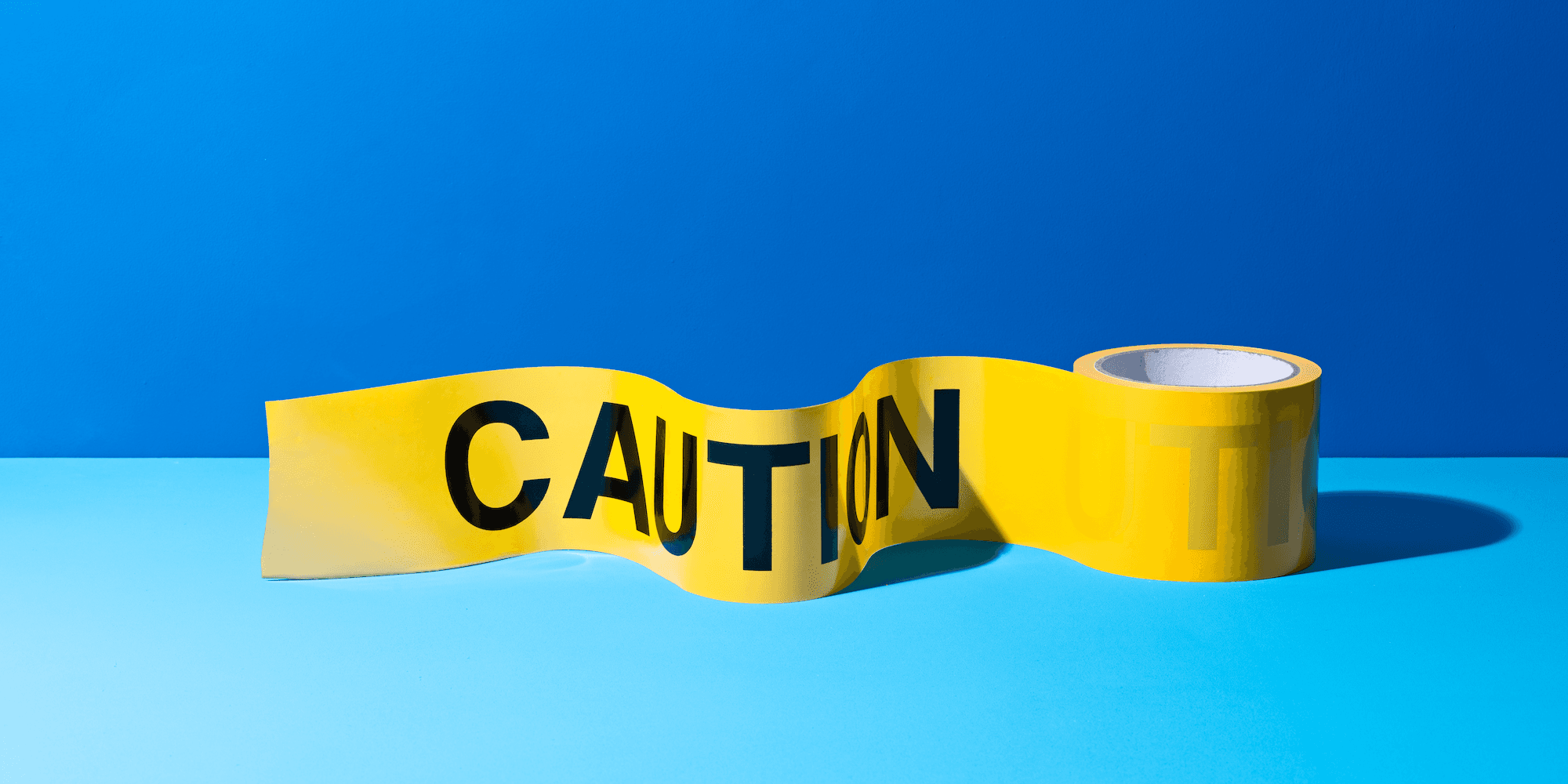A vacation will not prevent—or cure—burnout. Many people believe taking time off will help them quickly bounce back from impending, brewing, or full-on burnout. But a few days off isn’t enough to keep the tide from coming in or to turn it back around.
That’s because burnout isn’t only about the hours you’re putting in. It’s also a function of the stories you tell yourself and how you approach what you do—at work and at home.
At its core, burnout is a symptom of capitalism. We imagine we’d feel much less overwhelmed if our health insurance, retirement plans, and ability to pay for our rent, mortgage, and any future children’s education didn’t rely solely on our ability to work as many hours as we possibly can for the highest hourly wage because these are our income-generating years (deep breath!).
And just as the benefits of capitalism tend to accrue unevenly along lines of income level, gender, and race, so too does the burden of burnout. The stresses of working a minimum-wage job and living paycheck-to-paycheck are extreme causes of burnout. Unsurprisingly, women and people of color are much more likely to experience burnout than their white, male counterparts.
We’ve been there. After writing and launching our first book, The Wall Street Journal bestseller No Hard Feelings: The Secret Power of Embracing Emotions at Work, and while writing our new book, Big Feelings: How to Be Okay When Things Are Not Okay, we each experienced burnout firsthand. We share four tips below about how to prevent burnout.

